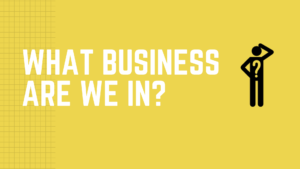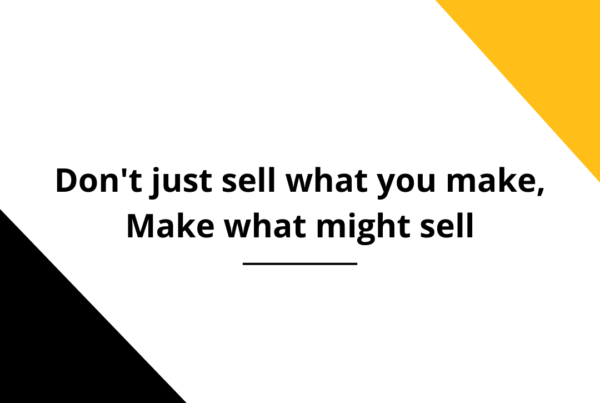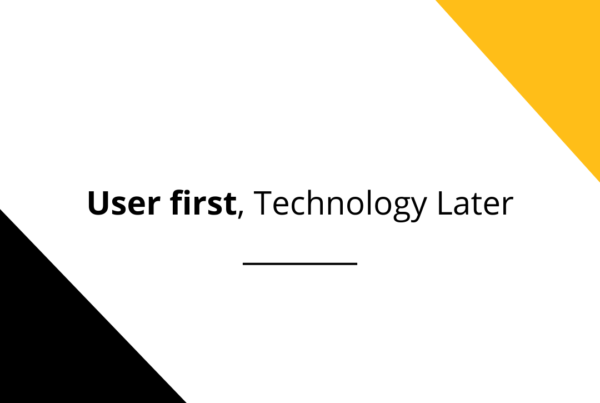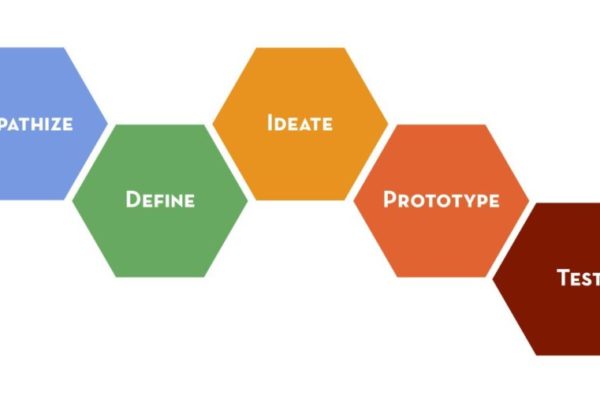This is the most important question that one needs to answer while ‘Visualizing Scenarios’. What is it that our consumer is seeking from us?
Let us consider the case of Uber:
When we visit Uber’s app, we are looking for a means of transport. When we book a cab, the app geo-locates the nearest available cab drivers and connects one of them with us, right? And the cab comes to your doorstep. What has Uber done for you? It has taken away the hassle of walking around and locating a cab for you. In effect, it has made the process of locating a cab CONVENIENT for you.
Now, look at what Amazon does for you. It enables you to shop from the comfort and confines of your home. So, is it not making shopping CONVENIENT for you. Well, all e-commerce platforms do the same.
Here’s where, capturing the essence of what our consumer is seeking from us becomes important. Both, Amazon and Uber, are in the business of offering CONVENIENCE to the consumer. However, Uber has the advantage of doing so by GEO-LOCATING THE NEAREST SERVICE PROVIDER.
So, can we not say that, ‘Uber is in the business of GEO-LOCATION FOR CONVENIENCE’?
Now , for a moment, think of Uber’s cab driver as ‘A Service Provider’. Today, this service provider is a cab driver, tomorrow this service provider could be a vendor of clothing or hardware or consumer electronics (or anything that you get on Amazon). Now imagine, you are on the Amazon’s app and you have liked a particular T-shirt and have indicated your intent to purchase the same, Amazon could send an alert to the vendors nearby, who have such a T-shirt in their stock. This alert could be displayed on a dashboard at the vendor’s end. The vendor could then respond to that alert, with a ‘price’ and ‘delivery time’. This response (actually, you can refer to it as a ‘quote’) could be displayed on your device screen (you would see ‘quotes’ from other vendors too). Imagine, if you could choose the best quote, the concerned vendor would bag the order. All this would happen in a matter of a few seconds (if the vendors respond quickly, which they would in their self-interest). You could pay online through the Amazon’s payment gateway. The vendor could then send the T-shirt directly to you.
So, what have I done here? I have answered the question, ‘What Business are we in?’ from the users’ perspective and the logical answer just pops up, ‘Geo-location for Convenience’.
Key points to remember:
- DEFINE YOUR BUSINESS FROM THE USERS’ PERSPECTIVE, NOT YOURS.
- UNDERSTAND USERS, NOT MARKETS.
- DON’T JUST SELL WHAT YOU MAKE, TRY TO MAKE WHAT MIGHT SELL.





